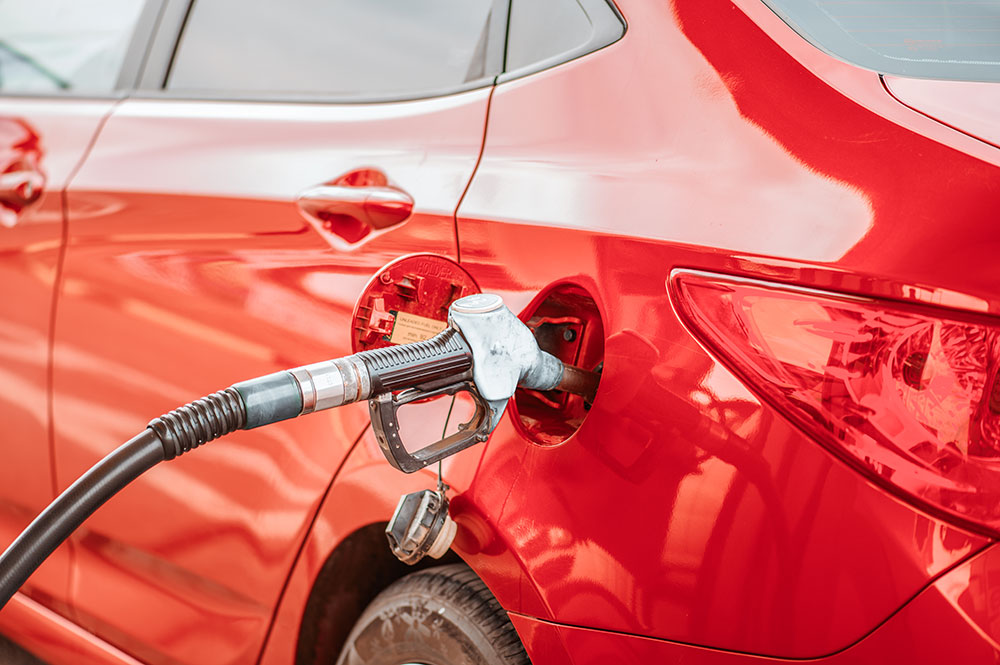
In today’s world, where fuel prices are top of mind and environmental concerns constantly in the news, it’s important to maximise fuel efficiency on every trip. One of the most effective ways to achieve this is by driving at the optimum speed. In this blog post, we explore professional driving tricks and valuable tips to help improve your fuel efficiency, reduce your carbon footprint, and get more out of your journey.
Stick to the speed limit
Driving at excessive speeds not only puts you at risk but also reduces your vehicle’s fuel efficiency. Most vehicles are designed to deliver their best fuel economy within a specific speed range, which is typically around 50 to 60 miles per hour. Sticking to the speed limit ensures that you stay within this range and optimise your fuel efficiency.
Avoid rapid acceleration and braking
Aggressive driving habits such as sudden acceleration and frequent braking can significantly reduce your vehicle’s fuel efficiency. Instead, adopt a smooth driving style by gradually accelerating and decelerating. Anticipate traffic flow and use your brakes sparingly, allowing the vehicle’s momentum to carry you forward whenever possible.
Utilise cruise control
Many drivers are still not using cruise control, despite it coming as standard on an increasing number of new cars. Cruise control is an electronic system that enables you to fix your vehicle’s accelerator at a specific speed, so you can take your foot off the pedal, and by keeping a steady pace, cruise control prevents unnecessary speed variations and reduces fuel consumption. It’s basically a form of driving on autopilot for use on A-roads and motorways that don’t have frequent stops or turns to negotiate. The only note of caution is to avoid using cruise control on hilly terrain or in heavy traffic conditions where frequent acceleration and deceleration are required.
Plan your route
Efficient route planning can save both time and fuel. Use GPS or mapping apps to identify the most direct and traffic-free routes to your destination. Additionally, consider avoiding congested areas, heavy traffic periods, and road constructions to minimise stop-and-go situations, which are all fuel-draining scenarios.
Minimise idling
If you anticipate stopping for more than 30 seconds, it is more fuel-efficient to turn off the engine. This is particularly applicable in situations such as long traffic jams, at slow signals, railway crossings, or when waiting for someone. Restarting your vehicle consumes less fuel than leaving it running unnecessarily.
Aerodynamics
High wind resistance increases fuel consumption, especially at higher speeds. To minimise this effect, keep your windows closed while driving at high speeds and use the air conditioning sparingly. If driving at lower speeds, consider opening the windows for natural ventilation instead of using the air conditioning as this consumes less energy.
Drive green
Driving at the optimum speed and adopting fuel-efficient driving habits not only saves you money at the pump but also contributes to a greener environment. By sticking to the speed limit, avoiding aggressive driving, utilising cruise control, planning your route, minimising idling, and reducing wind resistance, you can maximise your fuel efficiency and get more out of every journey.
Remember, small changes in driving behaviour can make a big difference in fuel savings, so start implementing these tips today and enjoy the benefits of a more fuel-efficient driving experience. Our final recommendation for happy driving; always pack a family-size block of chocolate.
